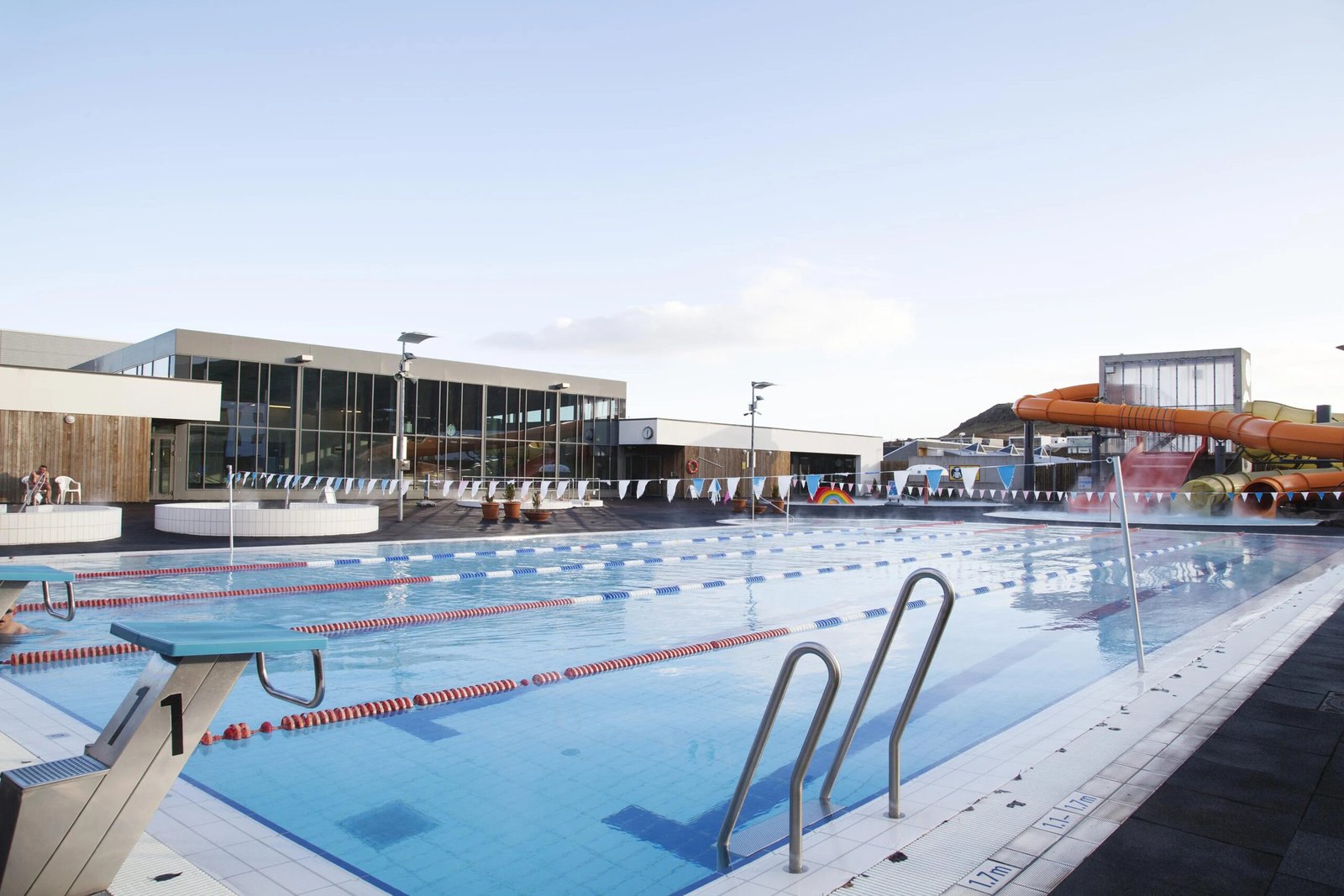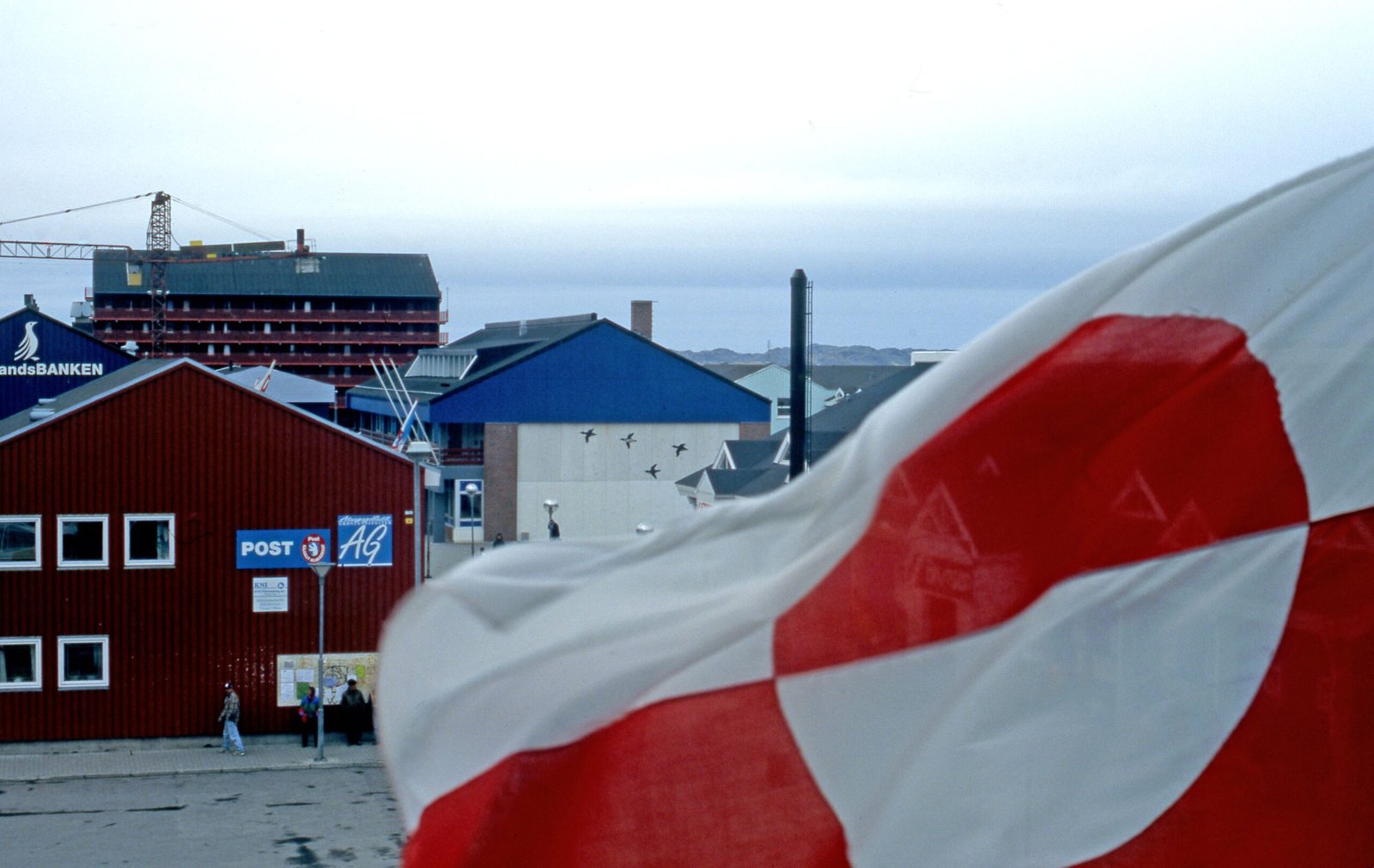The connection between Denmark and Greenland is distinctive and multifaceted, shaped by historical, cultural, and political factors. Over the centuries, this relationship has undergone significant transformations, influenced by changing global dynamics, domestic pressures, and the aspirations of Greenland’s indigenous population. This article delves into the history, the shifting political dynamics, and the present-day situation that shapes the relationship between Denmark and Greenland. Here Open in Google Maps.
The Roots of the Denmark-Greenland Relationship
The connection between Denmark and Greenland began in the early 1700s when a Norwegian missionary, Hans Egede, founded the first Danish settlement on the island in 1721. This event marked the start of Denmark’s official involvement in Greenland. Over the following century, Denmark steadily increased its control, and by the early 1800s, Greenland had become a key part of the Danish kingdom.

During the colonial era, Greenland was primarily governed as a distant territory, with Denmark maintaining strong control over the island’s governance. The indigenous Inuit people, with their vibrant culture and traditions, were frequently sidelined as Danish laws, customs, and language were enforced. This time was marked by the exploitation of natural resources and the imposition of Danish social practices, which had a profound effect on Greenlandic society.
The Shift Toward Autonomy: Post-WWII Developments
The end of World War II marked a turning point in the relationship between Denmark and Greenland. In 1953, Greenland’s colonial status was formally terminated, and it was integrated as an equal part of the Danish Kingdom, receiving representation in the Danish Parliament. However, this integration faced some difficulties, as the Greenlandic population began pushing for more control over their affairs, a movement that grew stronger in the following decades.
In 1979, Greenland achieved Home Rule, a major step towards autonomy. This allowed Greenland to handle many of its internal matters, such as education, healthcare, and managing natural resources, while Denmark retained authority over foreign policy, defense, and monetary issues. The introduction of Home Rule was a key moment in the evolving Denmark-Greenland relationship, recognizing the unique identity and aspirations of the Greenlandic people.
The Path to Self-Government: The 2009 Act
The relationship between Denmark and Greenland has evolved, particularly following the implementation of the Self-Government Act in 2009. This act gave Greenland more autonomy, allowing it to take control of additional areas such as policing, justice, and natural resources. Importantly, it also recognized Greenlanders as a distinct people with the right to self-determination under international law. The act created a foundation for Greenland to shape its own future, including the possibility of full independence from Denmark. However, it also underscored the ongoing interdependence between the two, particularly in matters like defense and international relations.
Resource Management and the Greenlandic Economy
A significant aspect of the developing relationship between Denmark and Greenland is the handling of Greenland’s plentiful natural resources. The island is rich in minerals, oil, and gas, and the exploration and possible use of these resources have become central to Greenland’s economic goals. Under the Self-Government Act, Greenland has the authority to control its own natural resources, which has major implications for its economy and its ties with Denmark.
The potential for economic growth through resource extraction has sparked discussions about Greenland’s future, including the possibility of gaining full independence. However, there are significant challenges. Greenland’s economy remains highly reliant on financial support from Denmark, and building a sustainable, independent economy is a complex, long-term endeavor.
The Social and Cultural Renaissance: Reaffirming Greenlandic Identity
In addition to political and economic changes, Greenland has experienced a cultural revival, emphasizing the Greenlandic language, traditions, and identity. This resurgence is key to the broader push for increased autonomy and self-determination. Greenlandic has been established as the official language, and there are active efforts to preserve and promote Inuit culture. This revival isn’t only focused on reclaiming the past, but also on shaping a future that represents the distinct identity of the Greenlandic people within the global context.

Greenland’s Role on the Global Stage
As Greenland’s autonomy has grown, so has its presence in global affairs. The territory has started to forge its connections with various nations and international bodies, especially concerning climate change, which significantly affects the Arctic region. The strategic importance of Greenland, due to its location in the Arctic and its vast natural resources, has attracted global attention, particularly from the United States, China, and Russia. The increasing global attention introduces a new aspect to the Denmark-Greenland relationship, as both sides work through the challenges of international geopolitics.
Climate Change and Its Impact on Greenland
Climate change is a major concern for Greenland, which is seeing some of the fastest environmental changes globally due to global warming. This includes melting ice sheets and changes in ecosystems. These shifts have serious effects on Greenland’s economy, culture, and daily life.
To tackle these challenges, the Greenlandic government is working with Denmark and international partners. Their efforts focus on reducing the impacts on Greenland’s infrastructure, economy, and communities, and they are also involved in global climate initiatives.
The Question of Independence: Greenland’s Future
The question of independence is a major aspect of the Denmark-Greenland relationship. Although the Self-Government Act outlines a pathway to full independence, choosing this route is complex and involves various factors. Economic feasibility, political stability, and the preferences of the Greenlandic people are all crucial in determining Greenland’s future.
In Greenland, public opinion on independence is mixed. While there is strong support for increased autonomy, there are also worries about the potential economic and social challenges that independence could bring. Greenland’s ongoing relationship with Denmark remains an important consideration in the decision-making process.
Denmark’s Perspective: A Balancing Act
Denmark’s relationship with Greenland is both a duty and an opportunity. Denmark needs to support Greenland’s growth and honor its desires for increased autonomy, while also valuing the strategic benefits that Greenland offers, especially in the Arctic region. Managing these interests demands thoughtful diplomacy and a dedication to a partnership that acknowledges Greenland’s distinct identity and goals. Denmark’s approach has developed over time, showing a greater acknowledgment of Greenland’s right to self-determination.
The Current State of Affairs: A Relationship in Flux
The relationship between Denmark and Greenland today is marked by both collaboration and underlying tension. Ongoing debates around resource management, economic growth, and the possibility of Greenlandic independence play a key role in shaping their dynamic. Despite a solid foundation of mutual respect and deep historical connections, the future of their relationship is uncertain as both sides work through the complexities of their shared past and evolving ambitions.




